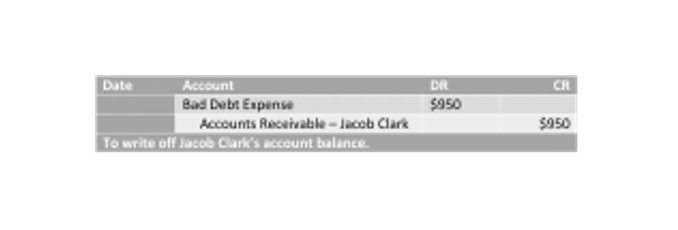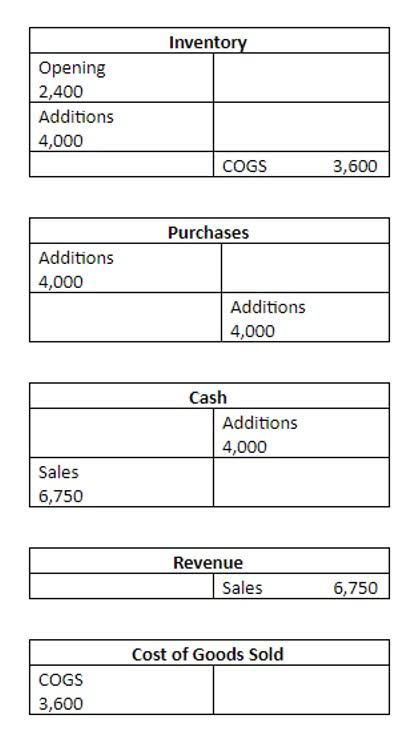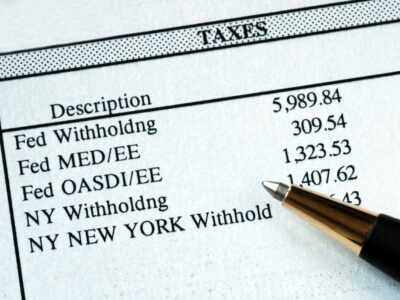
The market value of a company is based on the current stock market price and how many shares are outstanding. To calculate book value per share, simply divide a company’s total common equity by the number of shares outstanding. For example, if a company has total common equity of $1,000,000 and 1,000,000 shares outstanding, then its book value per share would be $1. Earnings per share (EPS), a company’s profit divided by the amount of common stock it has in circulation, is one of the most closely observed metrics in investing. Although EPS is widely used as a way to track a company’s performance, shareholders do not have direct access to those profits. A portion of the earnings may be distributed as a dividend, but all or a portion of the EPS can be retained by the company.
Analyst Certification FMVA® Program
- Investors can find the market capitalization by multiplying the number of outstanding shares by the current share price.
- The number of outstanding shares can never surpass the maximum number of authorized shares.
- The board of directors or shareholder vote may increase the number of authorized shares.
- Investors use this information to gauge the company’s financial health and potential for growth.
- This comprehensive approach provides a more cautious perspective on a company’s total share count.
In other words, the company issued some shares to investors and then bought back some of the shares. This in turn leaves a reduction in the number of shares that is currently outstanding. The outstanding shares formula is represented as issued shares minus shares held in the company’s treasury or treasury stock. Through this formula, one can determine the outstanding shares of a company.
How Does It Affect Investors?

Certain Bonds are convertible bonds, though most bonds are non-convertible bonds. These are debt instruments https://plan-international-dev.altis.cloud/?p=20249 the company issues to raise capital for the company. Once converted, they will dilute the existing shareholding pattern by reducing the percentage hold before diluting the convertible debentures. To calculate the gains or losses on a stock, one needs to subtract the purchase price from the current market price, and then multiply the result by the number of shares owned. If the resulting number is positive, it represents a gain, and if it is negative, it represents a loss. Overall, dividend distribution and reinvestment can be an important aspect of investing in stocks.
Download CFI’s Free Weighted Average Shares Outstanding Template
An analyst will want to know what the EPS was for just the 400 stores the company plans to continue with into the next period. The land on which one of the factories sits has become very valuable as new developments have surrounded it over the past few years. The company’s management team decides to sell the factory and build another one on less valuable land. This $8.00 EPS is referred to as “basic” because the total is not adjusted for dilution.
The remaining shares increase in value because the same earnings are now distributed among fewer shares when a company repurchases its shares from the market. Authorized shares, sometimes referred to as authorized capital or approved stock, are the maximum number of shares of stock that a company’s charter or articles of incorporation permit it to issue. Basic outstanding shares and diluted outstanding shares are two methods for calculating a company’s total number of outstanding shares. Redeemable shares are a type of share that can be bought back or redeemed by the issuing company at a later date. Redeemable shares give an option to the company to repurchase its own stock if it needs to reduce the number of outstanding shares or change its capital structure.
- The six main factors are stock issuances, stock buybacks, stock splits, stock dividends, conversion of securities, and Mergers and Acquisitions.
- For instance, a company can game its EPS by buying back stock, reducing the number of shares outstanding, and inflating the EPS number given the same level of earnings.
- Warrants are those instruments that give the shareholder a right to buy more shares outstanding from the company’s treasury.
- The EPS that results from the conversion of all dilutive financial instruments is called diluted EPS.
- Shares outstanding are the total number of a company’s shares held by all shareholders.
- Here, apart from its profit factor, its earnings can also be affected by the shares outstanding, which is subject to change over time due to multiple factors.
Types of outstanding shares
Preferred stock is usually excluded from the calculation because preferred stockholders have a higher claim on assets in case of liquidation. Rolling EPS gives an annual earnings per share (EPS) estimate by combining EPS from the past two quarters with estimated EPS from the next two quarters. In this example, that could increase the EPS because the 100 closed stores were perhaps operating at a loss. By evaluating EPS from continuing operations, an analyst is better able to compare prior performance to current performance. Earnings per share can be distorted, both intentionally and unintentionally, by several factors. Analysts use variations of the basic EPS formula to avoid the most common ways that EPS may be inflated.

- The number of outstanding shares can change over time due to the issuance or repurchase of shares, stock splits, or other corporate actions.
- Company A had 1 lakh shares initially, and it issued 10,000 shares on 1st April.
- Share repurchase programs, also known as buybacks, occur when a company buys back its own shares from the marketplace, reducing the number of outstanding shares.
- We have seen corporate actions above and their treatment of the weighted average outstanding shares.
- Overall, the number of shares outstanding, the metrics you can calculate from it, and related metrics — like the float — provide key insights to investors.
It also has 10 million stock options outstanding with an exercise price of $5. Understanding how to calculate outstanding shares for a public company would appear to be a simple matter. The formula for calculating the net dilution from each tranche of options contains an “IF” function that first confirms that number of shares outstanding formula the strike price is less than the current share price. This is done to reflect the reality that the majority of unvested options have a high probability of vesting someday, which is a practice that investors and firms have increasingly adopted in recent years. Here, the number of shares repurchased is equal to the option proceeds (the number of gross “in-the-money” dilutive securities multiplied by the strike price) divided by the current share price. In effect, the TSM estimates the hypothetical impact of the exercising of in-the-money securities to measure their collective effect on the fully diluted shares outstanding.
What is Authorized Shares?

Authorized share is the maximum number of shares a common issue mandated during a company’s public offering. Due to their voting rights, they have control of Financial Forecasting For Startups the company’s affairs and can vote and elect the directors. If the entity has good performance, these shareholders get very high returns, which comes with a huge risk loss if the stock price goes down or the company goes bankrupt.
